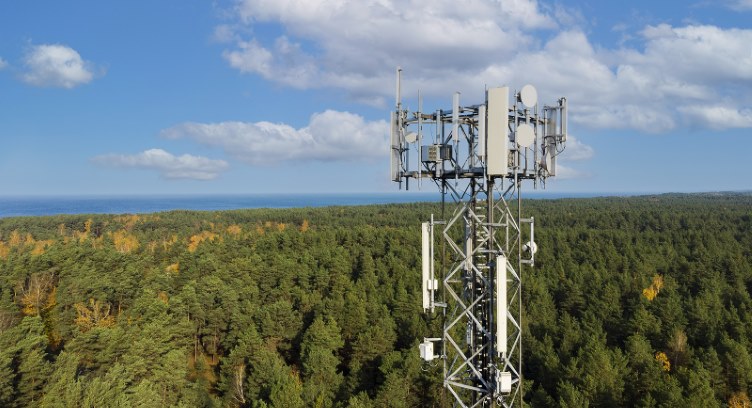‘Cell sleep’ software works by putting certain 4G LTE capacity carriers to sleep when the capacity is not needed, based on predicted periods of low traffic which have been established for each site through machine learning.
The system then automatically wakes up during busy periods, and is also configured to react to unexpected surges which might occur during scheduled sleep modes – in which event, the carriers wake up within a matter of seconds to serve demand without any interruption to customers.
An even lower power state, ‘deep sleep’, can also be activated if required, for example during overnight periods of extremely low demand.
Both the ‘cell sleep’ and ‘deep sleep’ functionality is provided by the respective RAN equipment supplier on each of EE’s sites. BT Group’s site data is used to inform the statistical algorithms which then autonomously inform the functionality.
It is expected that the technology will deliver energy savings of up to 2 KWh per site per day, or 4.5m KWh per year across EE’s estate, reducing BT Group’s demand on the local Grid.
As the largest provider of fixed-line broadband and mobile services in the UK, BT Group’s networks account for around 89 per cent of its total energy consumption. As such, increasing network energy-efficiency is integral to the Group’s ambition to become a net zero carbon emissions business by the end of March 2031.
Earlier this year, BT Group completed the switch-off of its legacy 3G network, which will deliver energy savings of 17.44m KWh per year. It has also made great strides in upgrading to more energy-efficient RAN equipment, including the deployment of ultra-lightweight Massive MIMO technology which uses up to 40 per cent less energy than the previous generation of radio equipment.
Greg McCall, Chief Networks Officer, BT Group
There is huge potential for energy savings across our networks by dynamically matching power consumption against network usage. The optimisation and roll-out of cell sleep technology to over 19,500 sites across the UK is a significant milestone in achieving this, and an important development in countering the massive growth in data consumption we’re seeing across our networks.























